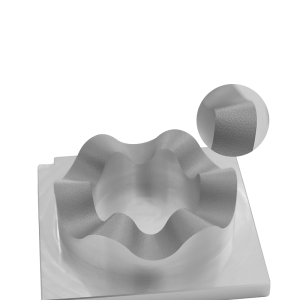Lasers have transformed numerous industries, becoming essential tools in healthcare, manufacturing, and telecommunications. With the global laser market projected to exceed $14 billion by 2026, the significance of laser technology in our everyday lives is undeniable.
If you’re looking to enhance your projects or business with cutting-edge laser solutions, OPMT Laser is here to guide you. This article will unveil the top laser types of 2025 and explore their key applications across various sectors. Whether you’re just starting out or are a seasoned expert, you’ll find valuable insights tailored to your needs.
Are you excited to expand your understanding of laser technology? Let’s dive into this enlightening journey together!
Types of Lasers
Lasers can be categorized into several types based on their gain medium, each with unique characteristics and applications. Understanding these distinctions is crucial for selecting the right laser for specific tasks.
Gas Lasers

- CO₂ Lasers: Operating at a wavelength of 10.6 μm, CO₂ lasers are highly efficient for cutting and engraving various materials, including wood, plastic, and metal. Their high power output makes them a staple in industrial applications, particularly in manufacturing and material processing. Did you know that CO₂ lasers can cut through materials up to several inches thick? This capability makes them invaluable in industries requiring precision and power.
- He-Ne Lasers: Emitting red light at 632.8 nm, Helium-Neon (He-Ne) lasers are commonly found in barcode scanners and laser pointers. Their stability and ease of use make them ideal for alignment tools and educational purposes. You might have seen these lasers in classrooms or laboratories, demonstrating principles of optics.
- Excimer Lasers: These lasers produce ultraviolet light at wavelengths like 193 nm and are extensively used in medical procedures such as LASIK eye surgery. They are also pivotal in semiconductor manufacturing for photolithography due to their ability to create precise patterns. The precision of excimer lasers allows for corrections in vision that were once thought impossible.
Solid-State Lasers
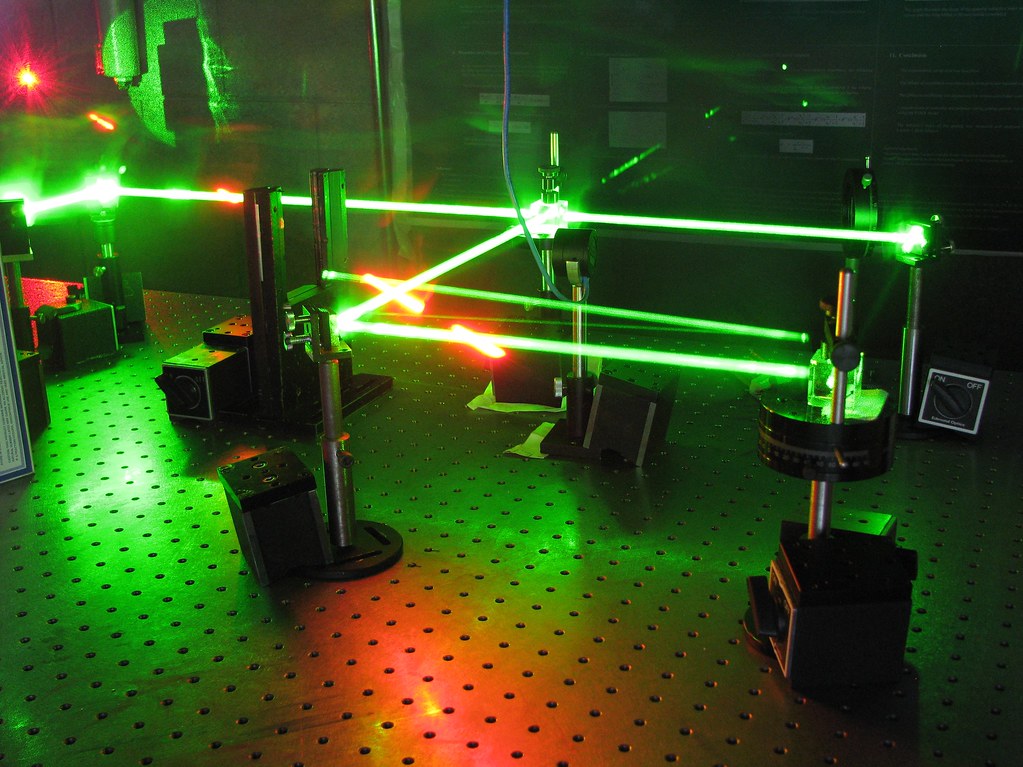
- Nd:YAG Lasers: Operating at 1064 nm, Neodymium-doped Yttrium Aluminum Garnet (Nd:YAG) lasers are versatile tools used in laser cutting, welding, and medical treatments like tattoo removal. Their robustness and efficiency make them suitable for various industrial applications. With their ability to produce high-energy pulses, Nd:YAG lasers are often used in military applications as well.
- Er:YAG Lasers: Emitting light at 2940 nm, Erbium-doped YAG lasers are primarily utilized in dermatology for skin resurfacing and dental procedures. Their precision minimizes thermal damage to surrounding tissues, making them ideal for sensitive applications. Have you ever wondered how dermatologists achieve such flawless skin results? The Er:YAG laser plays a significant role in that process.
Fiber Lasers

Fiber lasers utilize optical fibers as the gain medium, offering high efficiency and precision. They are widely employed in industrial settings for cutting and welding metals due to their ability to produce fine features with high-quality edges. Their compact design also makes them suitable for various applications, from medical treatments to telecommunications. In fact, fiber lasers have become increasingly popular due to their lower maintenance costs compared to traditional laser systems.
Dye Lasers
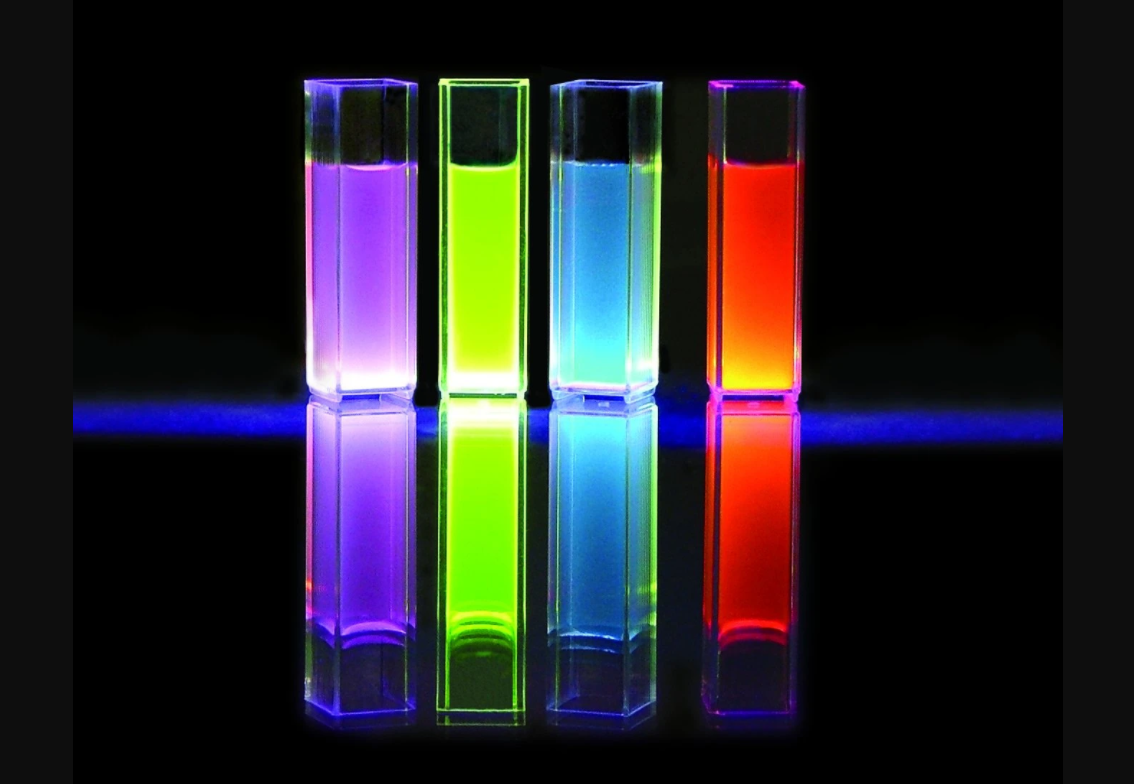
Dye lasers use organic dyes as the gain medium and can generate a broad range of wavelengths (400-1000 nm). They are often employed in spectroscopy and medical applications where specific wavelengths are essential. Their tunability allows for versatility in research settings. For example, dye lasers can be adjusted to emit different colors of light, making them useful in various scientific experiments.
Semiconductor (Diode) Lasers
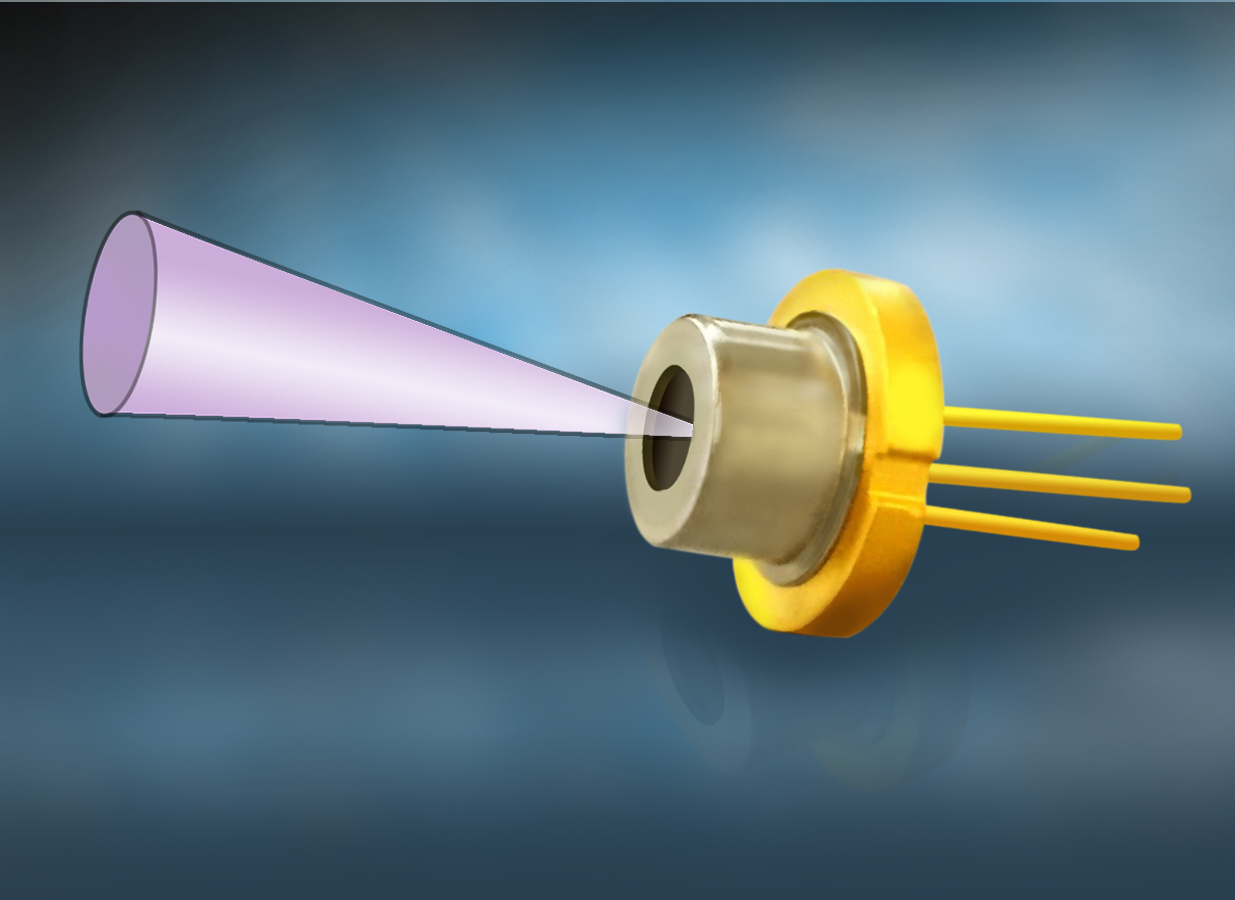
Compact and efficient, semiconductor lasers (or diode lasers) are prevalent in everyday devices such as optical disc drives, barcode scanners, and telecommunications equipment. Their high power-to-cost ratio makes them increasingly popular across various industries, including consumer electronics and medical devices. Did you know that diode lasers have revolutionized the way we read CDs and DVDs? Their efficiency has made data storage more accessible than ever before.
These diverse types of lasers not only highlight the technological advancements but also showcase their significant impact across multiple sectors—from healthcare to manufacturing—demonstrating their essential role in modern technology.
Applications of Lasers
Lasers have become essential tools across various sectors, including medicine, manufacturing, communication, and entertainment. Their unique properties enable a wide range of applications that enhance efficiency and effectiveness in numerous fields.
Medical Applications
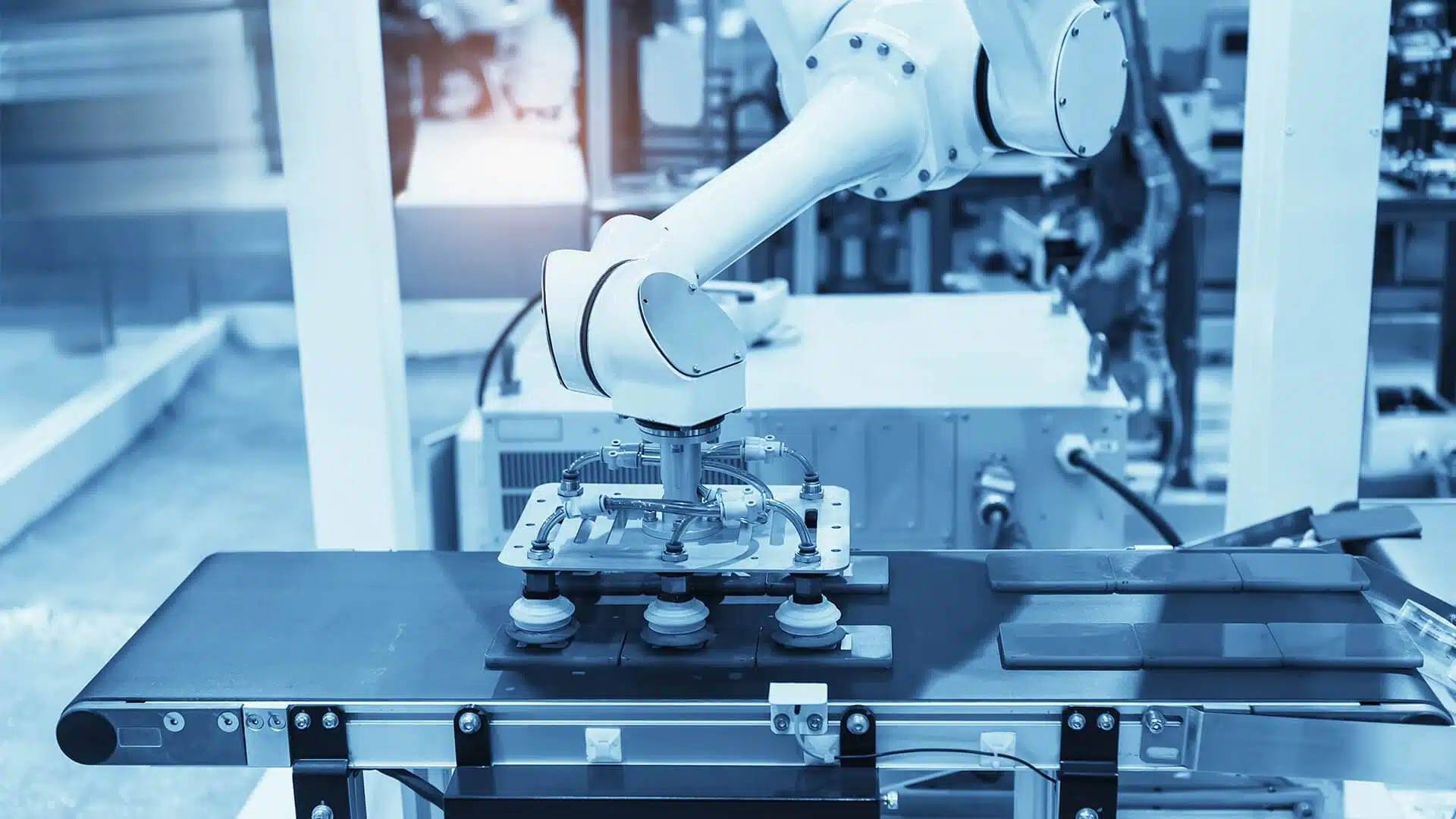
- Surgery: Lasers play a crucial role in minimally invasive procedures, such as LASIK eye surgery and dermatological treatments. By utilizing focused beams of light, lasers can precisely cut or vaporize tissue with minimal bleeding, significantly reducing recovery times for patients. For example, LASIK surgery reshapes the cornea to improve vision, often eliminating the need for glasses or contact lenses.
- Medical Imaging: Techniques like optical coherence tomography (OCT) leverage lasers for high-resolution imaging, enhancing diagnostic capabilities in healthcare. This technology allows doctors to visualize internal structures in real-time, leading to more accurate diagnoses and treatment plans. For further details on medical laser applications, you can visit OPMT Laser.
Industrial Applications

- Cutting and Welding: High-powered lasers are vital in manufacturing processes for cutting metals and welding components with exceptional accuracy. They create intricate designs that traditional methods struggle to achieve, making them invaluable in industries such as automotive and aerospace. Did you know that lasers can cut through materials up to several inches thick? This capability is critical for precision engineering.
- Laser Marking: This technique is widely used to engrave products with barcodes or logos on various materials. Laser marking ensures durability and clarity, providing a permanent solution for product identification. For more insights into industrial laser applications, see Industry Solutions.
Communication
- Fiber Optic Communication: Lasers facilitate high-speed data transmission over long distances, forming the backbone of modern internet infrastructure. The coherent and monochromatic nature of laser light ensures reliable communication, which is essential for both personal and business use.
Scientific Research
- Spectroscopy: Lasers assist in analyzing material composition and properties through precise measurement techniques. This application is crucial in fields such as chemistry and environmental science, where understanding material characteristics is vital.
- Laser Cooling: Employed in atomic physics, laser cooling techniques allow scientists to cool atoms to near absolute zero temperatures for precision measurements. This advancement has significant implications for quantum computing and fundamental research.
Entertainment
- Laser Light Shows: Widely used in concerts and events, laser light shows create captivating visual displays that enhance audience experiences. These shows utilize laser beams to produce vibrant colors and patterns that mesmerize viewers.
Defense and Security
- Lidar Technology: Utilized in autonomous vehicles for mapping and object detection, lidar enhances navigation safety by providing precise distance measurements. This technology is critical for the development of self-driving cars.
- Directed Energy Weapons: Research is ongoing into military applications of lasers for defense purposes. These systems aim to target and disable enemy equipment with high precision, offering a strategic advantage while minimizing collateral damage.
The diverse applications of laser technology not only showcase its versatility but also highlight its significant impact across multiple sectors. As advancements continue, we can expect even more innovative uses that will further integrate lasers into our daily lives.
Conclusion
The versatility of laser technology is revolutionizing precision and efficiency across diverse industries. With the global laser market expected to exceed $14 billion by 2026, understanding the various laser types and their applications is more crucial than ever.
By exploring the leading laser technologies of 2025, you can significantly improve patient outcomes in healthcare or optimize production lines in manufacturing. Imagine the possibilities these advanced tools could unlock for your projects!
As you begin to harness the power of laser technology, consider how it can spark innovation in your field. What remarkable advancements could you achieve with the right solutions from OPMT Laser? Keep discovering how our offerings can empower your journey toward excellence!
Disclaimer
This content is compiled by OPMT Laser based on publicly available information for reference only; mentions of third-party brands and products are for objective comparison and do not imply any commercial association or endorsement.



